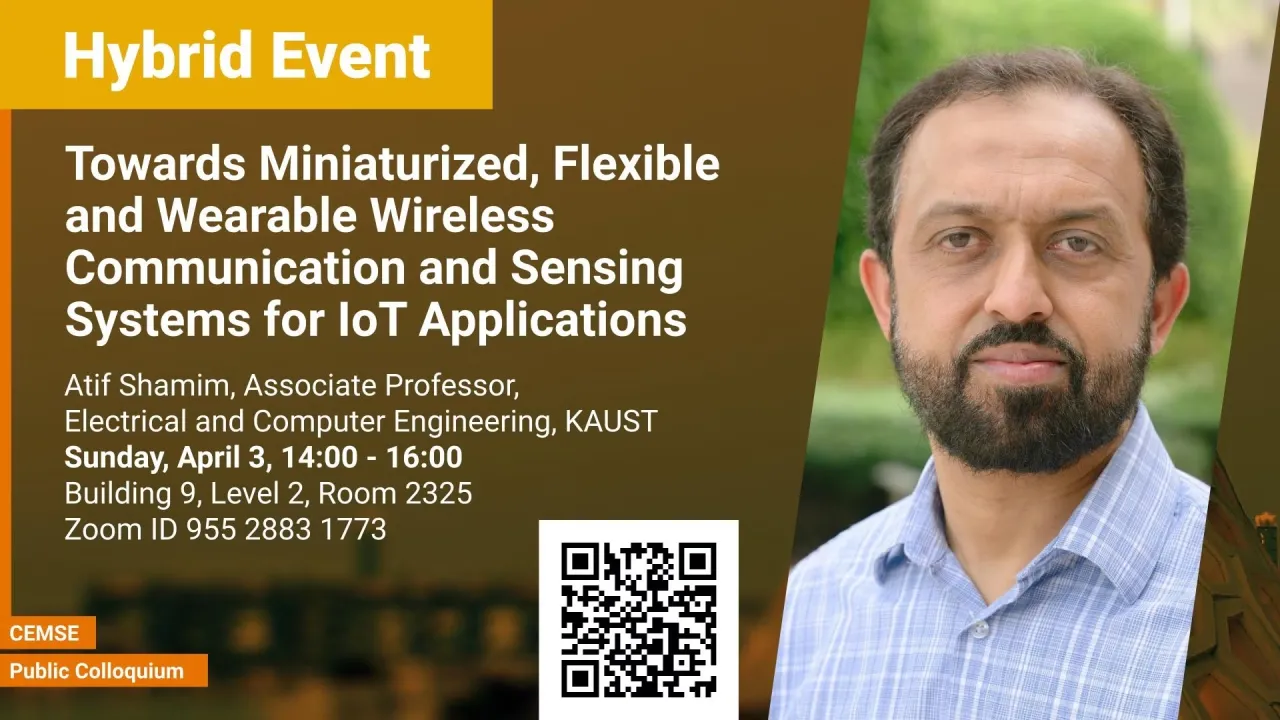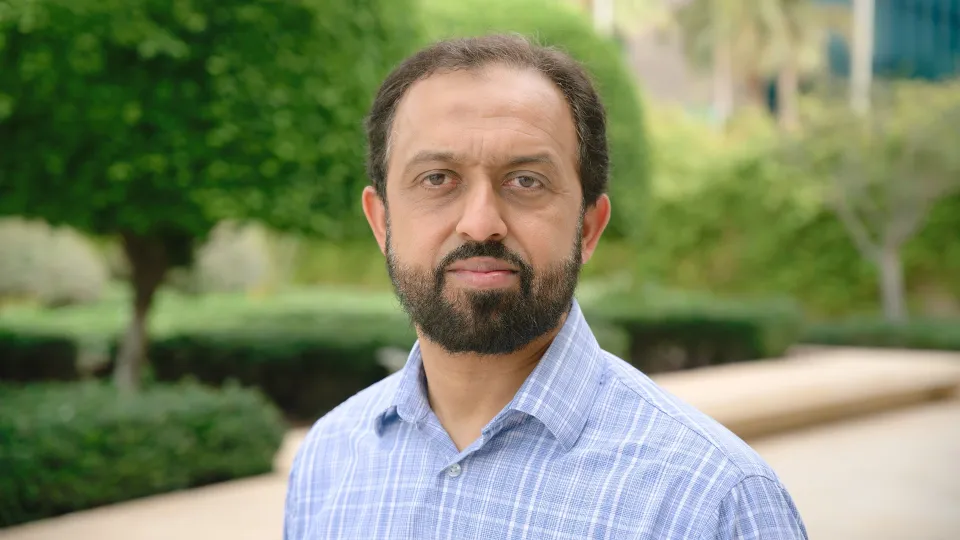
Towards Miniaturized, Flexible and Wearable Wireless Communication and Sensing Systems for IoT Applications
With the advent of wearable sensors and internet of things (IoT) applications, there is a new focus on electronics which can be compact, light-weight and flexible so that these can be worn or mounted on non-planar objects. Due to large volume (billions of devices), it is required that the cost is extremely low, to the extent that they become disposable. In the context of miniaturization and lower cost, concepts such as System-on-chip (SoC) where a complete system is realized on a single chip (integrated circuit (IC)) or System-on-package (SoP) where the package of the chip is made functional are beneficial. The flexible and low-cost aspects can be addressed through additive manufacturing technologies such as inkjet and screen printing. Two important aspects of any IoT system, “Sensing” and “Wireless Communication”, will be the focus of this talk. The SoC part of the talk will focus on integration of the antenna on the chip and ways of enhancing its efficiency despite the lossy Silicon substrate in conventional semiconductor manufacturing processes. Through a SoP design example, it will be shown how smart packaging of a chip can boost the performance without adding any additional components or cost. In the later part of the talk, additive manufacturing will be introduced as an emerging technique to realize low cost and flexible wireless communication and sensing systems. Various novel functional inks, such as conductive, dielectric, phase change and sensing materials will be shown. A multilayer process will be presented where dielectrics are also printed in addition to the metallic parts, thus demonstrating fully printed components. Finally, some printed sensor examples will be shown for remote health and environmental monitoring. The promising results of these designs indicate that the day when electronics can be printed like newspapers and magazines through roll-to-roll printing is not far away.
Overview
Abstract
With the advent of wearable sensors and internet of things (IoT) applications, there is a new focus on electronics which can be compact, light-weight and flexible so that these can be worn or mounted on non-planar objects. Due to large volume (billions of devices), it is required that the cost is extremely low, to the extent that they become disposable. In the context of miniaturization and lower cost, concepts such as System-on-chip (SoC) where a complete system is realized on a single chip (integrated circuit (IC)) or System-on-package (SoP) where the package of the chip is made functional are beneficial. The flexible and low-cost aspects can be addressed through additive manufacturing technologies such as inkjet and screen printing. Two important aspects of any IoT system, “Sensing” and “Wireless Communication”, will be the focus of this talk. The SoC part of the talk will focus on integration of the antenna on the chip and ways of enhancing its efficiency despite the lossy Silicon substrate in conventional semiconductor manufacturing processes. Through a SoP design example, it will be shown how smart packaging of a chip can boost the performance without adding any additional components or cost. In the later part of the talk, additive manufacturing will be introduced as an emerging technique to realize low cost and flexible wireless communication and sensing systems. Various novel functional inks, such as conductive, dielectric, phase change and sensing materials will be shown. A multilayer process will be presented where dielectrics are also printed in addition to the metallic parts, thus demonstrating fully printed components. Finally, some printed sensor examples will be shown for remote health and environmental monitoring. The promising results of these designs indicate that the day when electronics can be printed like newspapers and magazines through roll-to-roll printing is not far away.
Brief Biography
Atif Shamim received his MS and Ph.D. degrees in electrical engineering from Carleton University, Canada in 2004 and 2009 respectively. He was an NSERC Alexander Graham Bell Graduate scholar at Carleton University from 2007 till 2009 and an NSERC postdoctoral Fellow in 2009-2010 at Royal Military College Canada and KAUST. In August 2010, he joined the Electrical and Computer Engineering Program at KAUST as a faculty, where he is currently an Associate Professor and principal investigator of IMPACT Lab. He was an invited researcher at the VTT Micro-Modules Research Center (Oulu, Finland) in 2006. His research work has won best paper awards in IEEE ICMAC 2021, IEEE IMS 2016, IEEE MECAP 2016, IEEE EuWiT 2008, first prize in IEEE IMS 2019 3MT competition and finalist/honorable mention prizes in IEEE APS Design Competition 2020, IEEE IMS 2017 (3MT competition), IEEE IMS 2014, IEEE APS 2005. He has been selected as the Distinguished Lecturer for IEEE AP-S (2022-2024). He has won the Kings Prize for the best innovation of the year (2018) for his work on sensors for the oil industry. He was given the Ottawa Centre of Research Innovation (OCRI) Researcher of the Year Award in 2008 in Canada. His work on Wireless Dosimeter won the ITAC SMC Award at Canadian Microelectronics Corporation TEXPO in 2007. Prof. Shamim also won numerous business-related awards, including 1st prize in Canada’s national business plan competition and was awarded OCRI Entrepreneur of the year award in 2010. He is an author/co-author of 1 book, 3 book chapters, 270 publications, an inventor on 35 patents and has given over 70 invited talks at various international forums. His research interests are in innovative antenna designs and their integration strategies with circuits and sensors for flexible and wearable wireless sensing systems through a combination of CMOS and additive manufacturing technologies. He is a Senior Member of IEEE, founded the first IEEE AP/MTT chapter in Saudi Arabia (2013) and served on the editorial board of IEEE Transactions on Antennas and Propagation (2013-2019), and as a Guest Editor for IEEE AWPL Special issue (2019). He is currently serving as an Associate Editor for IEEE Journal of Electromagnetics, RF and Microwaves in Medicine and Biology, and also as a member of IEEE Technical committees on Antenna Measurements (AP-S), Microwave Controls (MTT-S), and Additive Manufacturing (CRFID).
